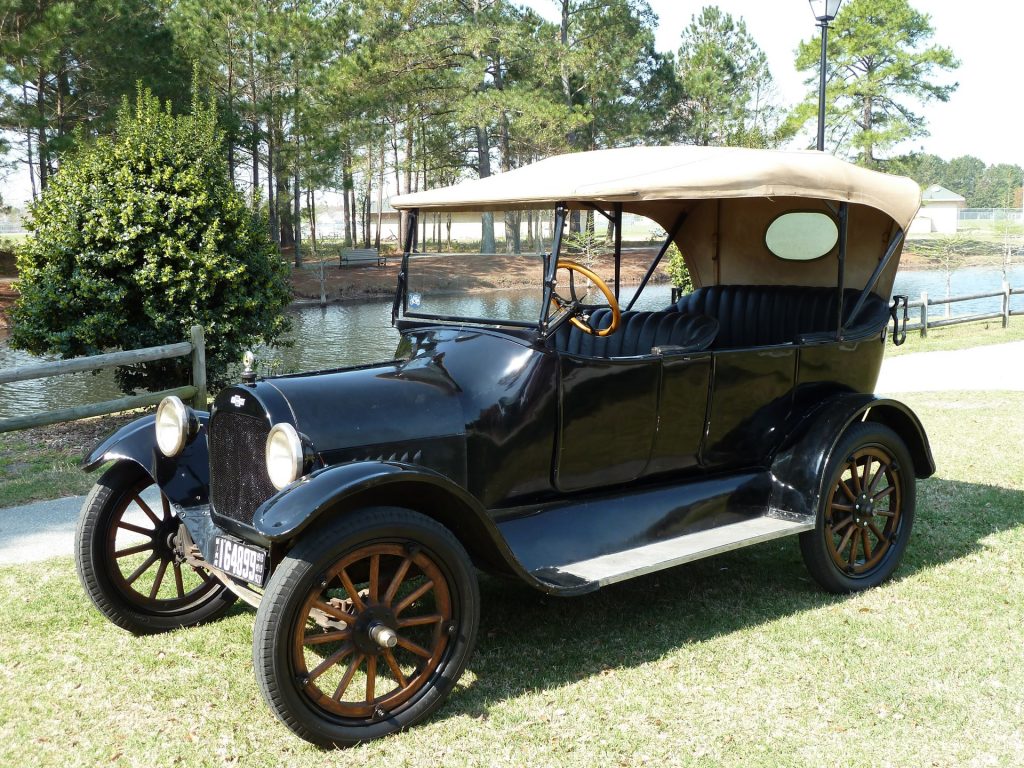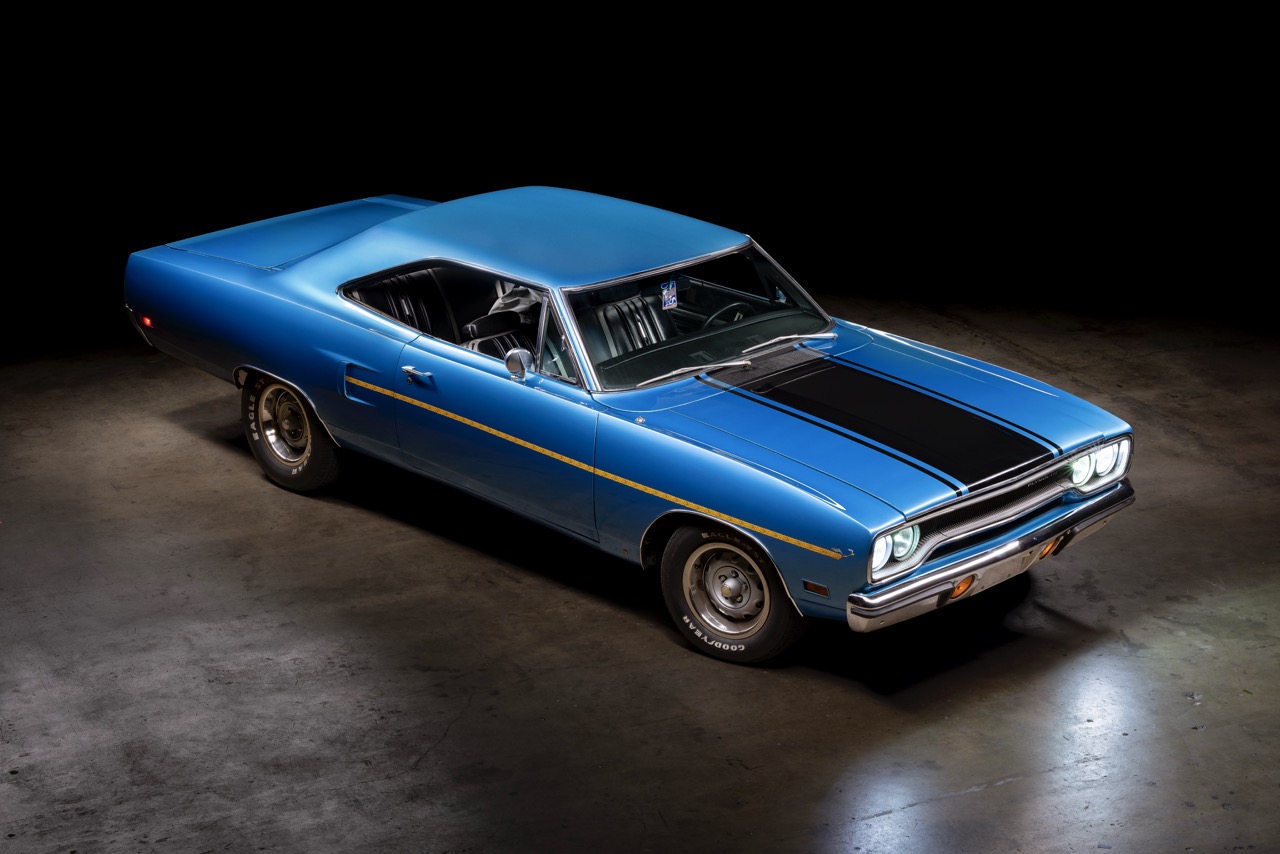A History Of Chevrolet’s Early Days

On this site, I’ve written a fair number of histories. Usually covering either a particularly notable model or a smaller firm, I’ve yet to really do one on a marque as notable as Chevrolet. It seems that everyone knows about the history of Chevy from the 50s onward, but when it comes to its earlier period, only the most die-hard fans are knowledgeable. That’s a shame. The journey of this company from its earliest times to its golden age is a story worthy of a movie. It’s a story of an innovative company in its ascendancy, and one worthy of being told here.

Chevy were a relative latecomer to the car market. They were founded in 1911 by Swiss engineer Louis Chevrolet, alongside William C. Durant. By this time, other companies were already beginning to make their mark. Dodge (in the form of Dodge Brothers) had been around for 11 years, Ford for 8, and Studebaker for nearly 60. Louis was a fascinating character. Born in French-speaking western Switzerland, he trained as a mechanic and moved from his native country to Paris, to Montreal, and finally, to New York. The Chevrolet badge was apparently designed as a modified Swiss cross, a tribute to his homeland. In 1905 he began racing for FIAT, and later in the decade, moved to Buick, where he met Durant.

Durant was a co-founder of General Motors, but left the company in 1910. He had wanted to compete with the Model T Ford, but then shifted his approach into one more focused on an image of speed, wanting to capitalize on Louis’ name. The factory was founded in Flint at the corner of Wilcox and Kearsley Street, and work began on the first Chevrolet. That, however, was no simple task. The Chevrolet Series C Classic Six was drawn up from instructions given by Louis, but production was delayed until the 1913 model year. It was, above all else, an expensive car. It was a huge car, powerful, stylish, but very, very pricey. It retailed for $2150, equal to $55,000 in today’s money. Meanwhile, Ford’s Model T, the car Durant initially wanted to compete with, cost just $525 for a runabout, equal to $12,000 today. Durant wanted a cheaper car, Chevrolet didn’t. It was an impasse that would lead to Louis leaving the company in 1914.

By 1916, things were looking better for Chevrolet. Their inexpensive Series 490 was selling well, with a price that was just $100 more than the Model T runabout. The profits from this car gave Durant the capital he needed to repurchase a large stake in General Motors, and he became its president in 1916. In 1918, a further foray into the more expensive and powerful end of the market was attempted with the Series D. The first V8-powered car Chevrolet ever made, the car was beautiful, but that was about all that was going for it. First and foremost, it could only muster 36 horsepower. It was pulled in 1919, and it would be 37 years before Chevrolet put a V8 in one of their cars again. In 1919, GM, under Durant, bought Chevy, and integrated it into the company. Also in 1919, GMC trucks began to be rebranded as Chevrolets.

The 1920s proved to be a decade of milestones for Chevrolet. In 1922, William S. Knudsen left Ford, where he had been head of manufacturing, and became Chevrolet’s production chief. In 1923, Chevy produced their millionth vehicle. That same year, the firm opened its first plant outside of the United States, in Denmark. Come 1927, GM hired the coachbuilder Harley Earl for their new Art And Colour department. Gradually, Chevy began to become renowned for their style. In 1929, the Stovebolt Six, a good value car that put out 46 horsepower, came onto the market. About the only major blunder that Chevy made in the 20s was the Chevy Series M Copper-Cooled. This was a car with a completely air-cooled engine, and that would have been fine, had it worked. It really did not. Designed by Charles F. Kettering, the engine ran very hot in warm weather, reducing power. It also had numerous safety flaws. Most notably, there were huge fire risks, with any oil leaks onto the engine’s surface potentially leading to fires. a total of 1000 copper-cooled cars were produced, but only 100 made it to customers. All but two were recalled and destroyed, with these two now living on as museum pieces. Despite this blunder, Chevy dramatically grew in the 1920s, producing its seven millionth car in 1930.

In the 1930s, despite the Great Depression, which ravaged numerous other car companies, Chevrolet did well. It had positioned itself in a segment that was growing in popularity as the economy suffered: low-to-mid range cars. Vehicles like the Chevrolet Series BA Confederate were sold at low prices, with the roadster selling for just $475. By 1936, the company was crushing the competition. In 1935, Auburn made a net loss of $2.7 million. The year before, they had made a loss of $3.6 million. Their total assets were valued at just $3.8 million. Meanwhile, Chevrolet were actually expanding their production facilities! In 1935, the company spent $25 million on factory expansions. That is frankly incredible.

The only fly in the ointment from a corporate point of view, but a marked improvement for the workers, came due to the 1936-37 sit-down strike at GM’s Flint plants. The strikes were widespread, organized by the nascent United Automobile Workers. This was not an easy strike to organize. GM controlled politics in Flint, and a UAW organizer was even threatened with death by an anonymous caller when he arrived in town. Despite GM’s best efforts, the police and strikebreakers could not break the strike, and the National Guard were sent in by Governor Frank Murphy to protect the striking workers. As a result of the strike, the UAW became a significant union, and the American car industry began to unionize rapidly.

A few years later, World War 2 suspended innovative car production at Chevrolet, as it did across the whole of the American vehicle industry. Being the largest of GM’s divisions, you would think finding details of Chevrolet’s war production would be easier, but it isn’t, and my thanks go out to David D. Jackson for his work on the subject. Chevrolet’s Aviation Plant #2 in Tonawanda, NY, produced Pratt & Whitney radial aircraft engines. A total of 281,570 Chevy trucks were produced for the war effort, including 55,579 half-ton 4×2 trucks, and 173,295 one-and-a-half 4×4 trucks. Other vehicles built by Chevrolet include 158,323 Chevy-built GMC trucks, and 3844 Staghound armored cars used by British and Commonwealth forces. For their part in the war effort, Chevrolet’s plants won the Army-Navy “E” Award for excellence in manufacturing a total of 24 times.
The post-war economic boom brought with it a desire for new models. People could afford to own more than one car for the first time in U.S. history, and they wanted something stylish. The most significant product of this boom? The Chevrolet Corvette. U.S. troops were importing European roadsters they’d had fun with in Europe, and American companies wanted to join in on this trend. For more info on this, check out this previous article of mine. For now, we’ll leave Chevrolet, but we’ll be back onto it before too long.
Recent Posts
-

Reegan Is Building This 1975 Dodge Ramcharger For One Lucky YouTube Subscriber
August 13, 2025Update 08/15/25: Reegan now has an all new aluminum radiator installed with dual electric fans. The Wilwood master cylinder is installed along with an EvansCNC…Read more -

Let's Turn a 1970 Plymouth Roadrunner into RestoMods Royalty
August 8, 2025Update: 8/8/2025 A little over a year ago we purchased a beautiful 1970 Plymouth Roadrunner from a local collector car dealership Bayside Auto. We knew…Read more -

The Ultimate 1968 Dodge Charger HELLCAT Build
August 8, 2025Update 8/8/25: Back in January of 2024, we purchased a 1968 Charger shell from Mopars 5150. They specialize in all things Mopar and had a…Read more
Become a Car Club Member
Car Club Members Get Entries to Win, Discounts in our Shop, Discounts with our Preferred Partners and more!
Membership benefits
By joining the RestoMods Car Club Today, you will receive amazing perks plus 15 bonus entries into our sweepstakes for every month you are an active member
-
Auto Discounts:Curated Discounts From Your Favorite Parts Companies
-
Restomods Monthly:Monthly Magazine With The Latest Industry News
-
Classified Ads:Get Free Postings seen by 300,000 enthusiasts monthly
-
Car Show Tickets:Check out the biggest vintage car shows on us.
-
Exclusive Car Deals:First chance to purchase any prize cars not selected






Restomods on Instagram
Follow us on Instagram and other networks












